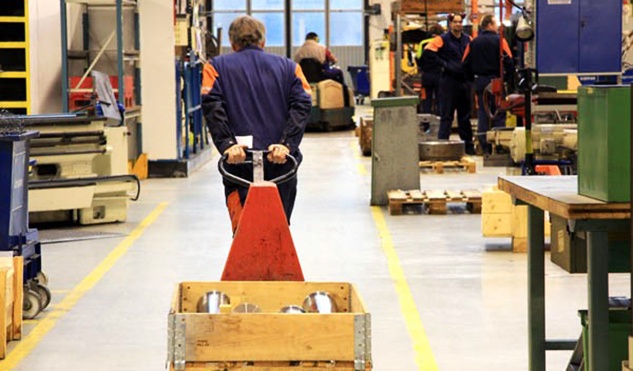This is a guest blog post by Gunnar Lagerström, project manager at Prevent. Prevent is a non-profit organization owned by Confederation of Swedish Enterprise, LO and PTK, with the purpose to make it easier for employers to create a good work environment by informing, educating and developing useful products.
The focus is often soft values before a work environment investment, but it’s also possible to calculate a return on the investment.
There are essentially three types of arguments when employers are improving their work environment:
- Rational arguments - the investment will lead to increased quality and productivity, which ultimately contribute to profitability.
- Emotional arguments - they care about their staff and don’t want them to get hurt.
- Legal arguments - you have to and want to follow laws and regulations.
In this blog post, I focus primarily on rational arguments. For each euro invested in the work environment, you get two euro back, according to a research report from the International Social Security Association, ISSA in 2011. Of course, this is not the case for every work environment investment, but many prove to be profitable if you take all aspects into consideration.
The real price tag
So, what is the real price tag for not working with the work environment?
- It’s easiest to look at the amount of sick leave. In Sweden, a short-term illness (2-14 days) costs at least 10% of the employee's monthly salary.
- Another big cost is rehabilitation, redeployment or employees quitting. In the metalworking industry, process fluid can cause allergic reactions or asthma. This may lead to replacements, where employees have to be given new tasks. The introduction will affect the employee's productive time, and a colleague or manager has to use their productive time to introduce the person to the new tasks. Moreover, the person cannot be expected to reach full productivity at once. Adding to that, the time loss has to be duplicated, since a new employee will have to be trained for working with the process fluid.
- We should also not forget the profit generated by the staff noticing how the company care about their health. A report from the Nordic Council of Ministers in 2014 showed that improvements in the work environment increases productivity.
 To summarize: When you evaluate a new investment, you should take avoided costs for sick leave and employee turnover into consideration, and that a good work environment can bring increased revenue through higher quality and productivity.
To summarize: When you evaluate a new investment, you should take avoided costs for sick leave and employee turnover into consideration, and that a good work environment can bring increased revenue through higher quality and productivity.
/Gunnar Lagerström, Prevent
If you want to calculate other cost savings from using chemical-free UV purification of process fluids, you can use this cost calculator.



Comment